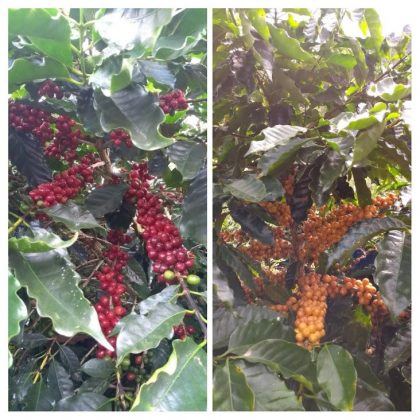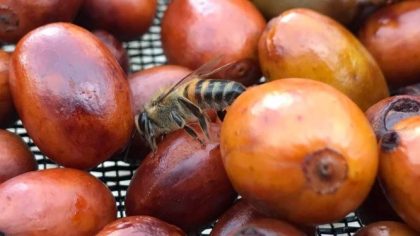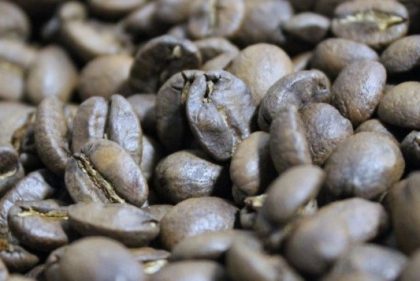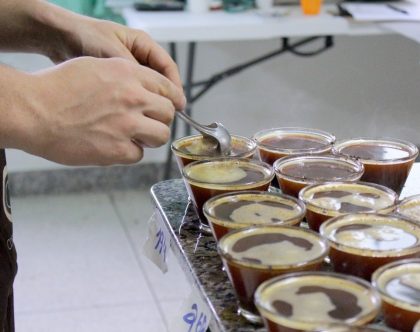Quality of coffee genotypes at low altitudes
The paper ‘Physico-chemical and sensory interactions of arabica coffee genotypes in different water regimes, published in the Journal of Agricultural Science, has been chosen as the latest Editorial Highlight.
We were motivated to study this topic due to the exponential increase in the consumer market for coffees with superior quality, also known as specialty coffees. The globalization process we are experiencing and the greater ease of access to information has driven this market. Today, coffee has characteristics that go far beyond the joy and motivation (derived from caffeine) that the drink offers. These characteristics are mainly due to the unique and exclusive sensory traits present in a good special coffee: whoever tries it, knows it! However, when thinking about producing specialty coffees, what mainly comes to mind? Altitude!

In fact, much of the research associates the production of specialty coffees with altitude. Hence we ask: Would it be possible to produce coffee of superior quality at lower altitudes too? If so, what are the practices that would allow success in obtaining specialty coffees? In an attempt to find some answers, we worked on ten Arabica coffee genotypes and two water regimes (irrigated and rain-fed) at an altitude considered low for Arabica coffee production. In the manuscript “Physico-chemical and sensory interactions of Arabica coffee genotypes in different water regimes“, we identified that when the right choice of coffee genotype is teamed with the appropriate water management, it is possible to produce quality coffee in regions of lower altitudes.

Bee on coffee cherries 
Roasted coffee beans
This finding is of fundamental importance for modern coffee growing, as it demystifies the theory that “quality coffee is high altitude coffee”. This could help motivate those coffee producers whose properties are located at lower altitudes to invest in a refined production, harvest and post-harvest procedure, if they are sure that this care can add quality to their coffee even in low altitudes. It also provides motivation to coffee researchers from all over the world, for the purpose of improving studies and research to form guidelines that make it possible to maximize the production of speciality coffees at low altitudes.

Our hope is that reading this manuscript will allow coffee lovers to understand a little more about the production of quality coffee in a region that is typically discriminated against due to the perception that such areas are not able to produce quality coffee. Finally, we thank the readers for their interest in the subject and we are available to answer any questions and we are open to suggestions.
The Journal of Agricultural Science Editorial Highlights are selected by the Editor-in-Chief and are freely available for one month. View the recent selections here.






